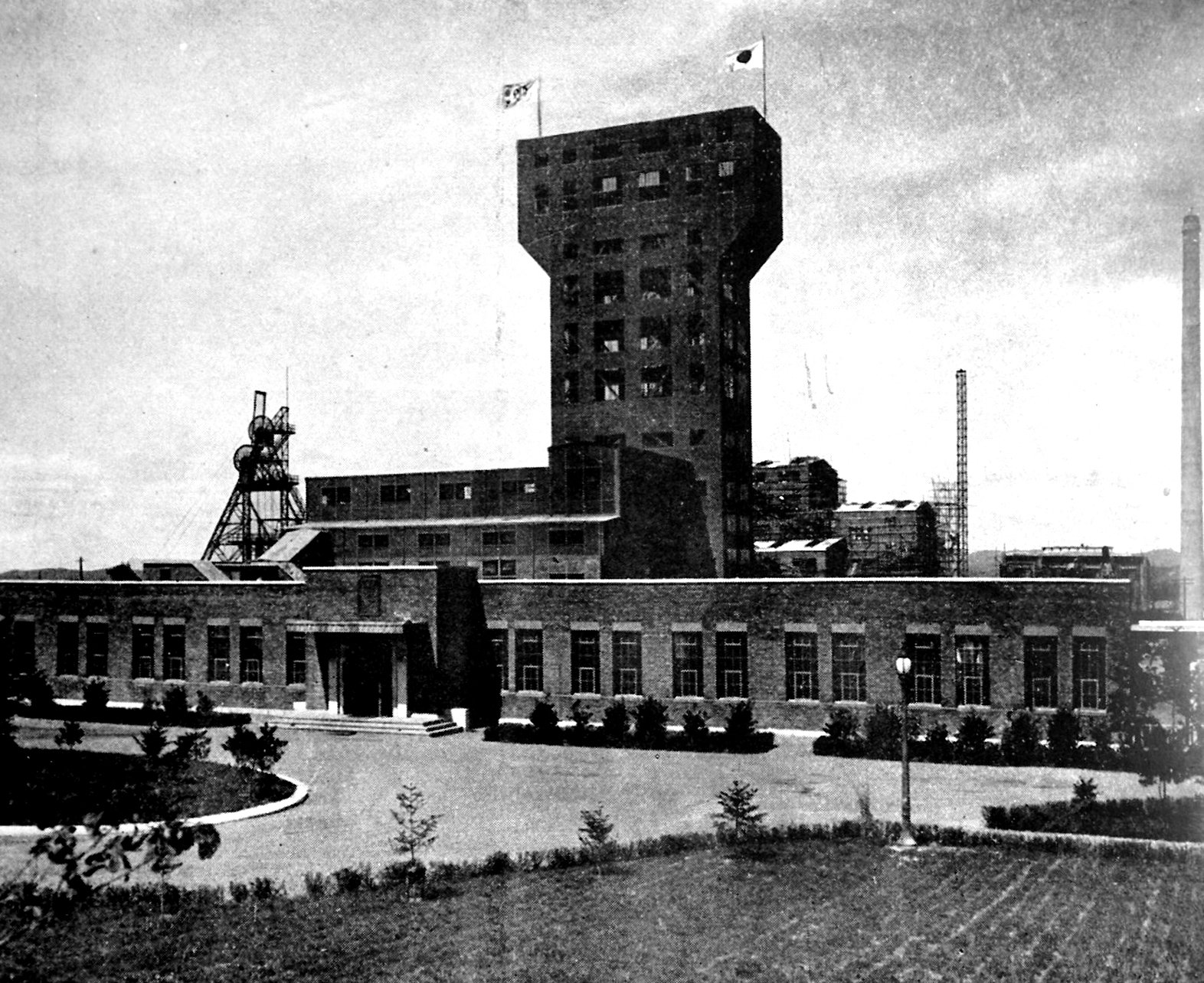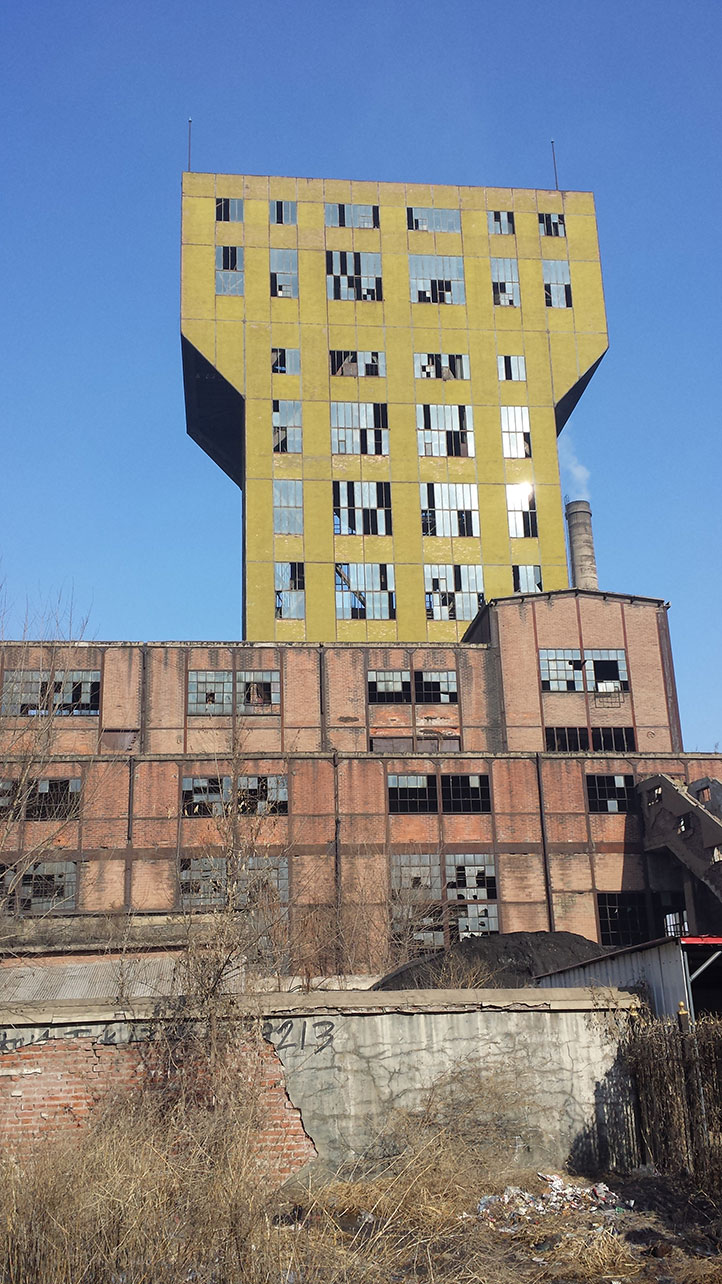Fushun: An Absence of Data

The overview of China on the methane ultra-emitters map suggests several observations. Perhaps one notices the concentration of orange dots to the southwest of Beijing, marking coal-related emissions in Shanxi, the country’s top coal-producing province. Or perhaps it is the few red dots clustered together in the northernmost province of Heilongjiang that catches one’s eye. These correspond to emissions from oil and gas around the Daqing oil field, the biggest in the country and, for much of the 1960s and 1970s, a leading model of socialist industrialization.
Having recently written a book on coal in the industrial transformation of China’s northeast over the first half of the previous century, I focused on how the data (or, more accurately, the absence of data) reflect the region’s economic decline over the past several decades. Only two modestly sized orange dots stand for the methane plumes associated with its once flourishing coal mining industry.
Northeast China, a region once commonly referred to as Manchuria, was the most industrialized corner of the country by the middle of the twentieth century. Years of Japanese investment and expertise and the labor of hundreds of thousands of Chinese migrant workers yielded here a formidable industrial edifice that was meant to serve as a bastion against the Soviet Union and to supply the home islands with valuable resources. Even though much of Manchuria’s machinery was looted by Soviet troops following their brief occupation of the region after the fall of the Japanese empire, it nevertheless came to be the industrial core of the new People’s Republic, upon which the regime would begin to design its socialist planned economy.
Coal mining was one of the region’s major industries. In the decade before the Second Sino-Japanese War that started in 1937, as much as half of China’s annual coal output came from Manchuria. Aside from fuelling the region’s many industrial enterprises, coal was also one of its most important exports, second only to the soybean. Into and through the war, Japanese authorities extensively exploited this resource, increasingly relying on forced labor to mine it in ultimately unsuccessful attempts to meet climbing production targets.
After the 1949 revolution, China’s leaders continued to seek the expansion of coal mining in the northeast, even as they scaled up similar efforts elsewhere, including Shanxi. Amid the productivist pressures from the 1950s to the 1970s, many of the region’s mines were worked in a manner not unlike that under prior Japanese management, in which sheer output was pursued over the safety of workers or the sustainability of operations. Notable was the tendency to ignore the ideal mining ratio of surrounding material removed to coal mined in acts of overextraction that ran risks of rockfalls and tunnel collapses. Since the 1980s, into China’s reform era, these mines have been closing down in succession, their deposits deemed too dangerous and too costly to recover.
These developments are exemplified in the case of Fushun, the onetime “coal capital” of China. Located in southern Manchuria, Fushun had been the site of Asia’s largest coal mining operations. In the 1930s, the Japanese colonial corporation that ran the colliery here raised a massive winding tower above the Longfeng mine, one of its deep shaft excavations. In this period, it was the tallest and, in terms of hoisting capacity, most powerful in the world, outpacing those at the great German mines of Königsborn and Minister Stein. Along with the colliery’s famous open pit, the Longfeng winding tower embodied Japan’s pursuit of industrial modernity in its imperial and extractive endeavors.
Today, its derelict form at the shuttered mine might be regarded as a symbol of coal mining’s decline in Fushun and across the region more generally. Although about a third of Fushun’s estimated 1.5 billion tons of total coal deposits are left untapped, decades of unsustainable extraction have made mining them economically unfeasible, not least because of the subsidence such attempts threaten to trigger. And so, in the ground these deposits remain.


The relative lack of coal-based methane emissions in China’s northeast thus tells a story of overreach and its resultant recession. Although the absence underscores the winding down of coal mining in a region that was once at the center of this industry, China -- despite its serious commitments to decarbonization and sustained strides in adopting greener forms of energy -- is still a coal-fired power. Both imports and overall domestic extraction are on the rise.
Those living in the shadow of the Fushun colliery and other formerly great mines face economic hardship and environmental despoliation, troubled legacies of unchecked extractivism. They are reminders of communities that exist between the dots of methane plumes, whose lives have nevertheless been deeply embroiled in and transformed by the carbon energy regime.
